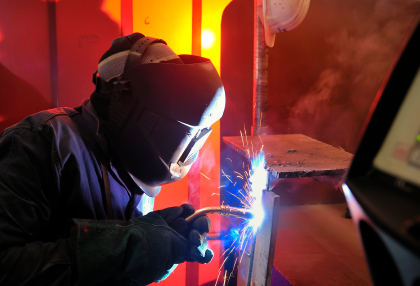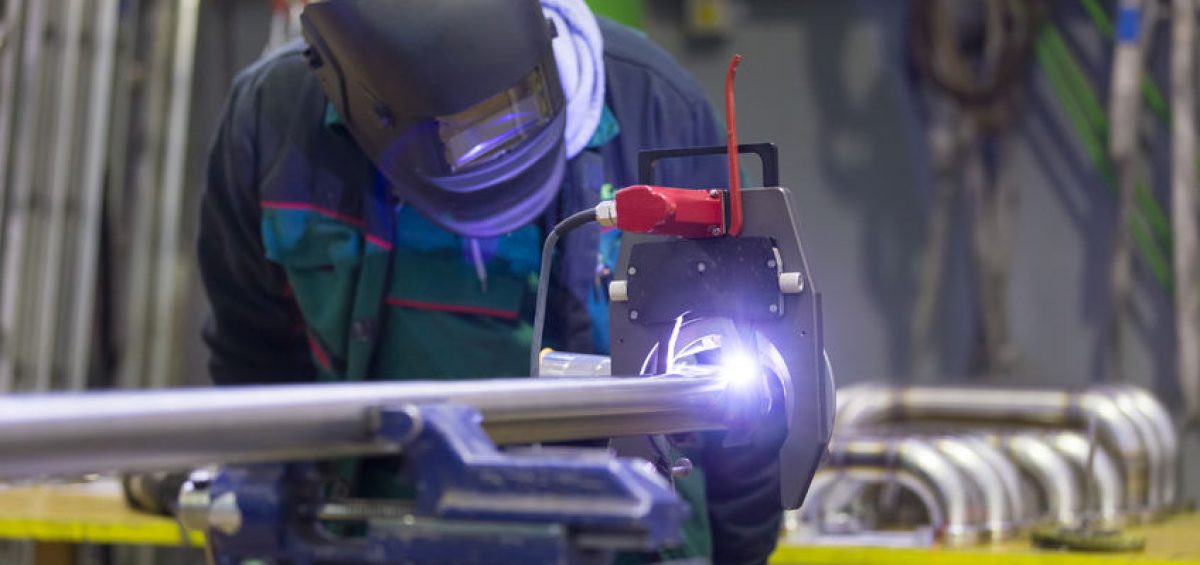If you are going for a product manufacturing in a large scale it is always necessary to build a prototype. The prototype is a functional product which is similar to the final or finished product but it may not be fault proof. So making a prototype and modifying it till it is flawless will help the final product to become completely defect free. From a prototype we can learn and also tests can be performed. For incremental development the prototype making is significant. The quality of the product and the business expectation have to be kept in mind while designing the proto.
Please Read more manufacturing articles here:
Manufacturing product through the prototyping
Some basic things should be kept in mind while designing the product prototype.
- The idea should be simple.
- The perfection cannot be achieved by one trial.
- You have to have a clear idea about the options and limitations you have in your manufacturing plant.
Achieving the product from your innovative idea
For achieving your targeted product you have to maintain these five steps
- Documentation – It will help you keep the records and you can derive something from the previous working experiences. It will be also good for ISO certification if you are looking for one.
- Continuous Research- These days research is very easy. Thousands of models are there for almost every product on the internet. Also, journals and publications are there. So take ideas and research it for making the product unique.
- Manufacturing- After those two steps start building your prototype. Then test it. Look for errors. After doing trials make it perfect.
- Patenting- Patent the product. It is your innovation so patenting is necessary.
- Marketing- After the patent start for the marketing. Without marketing, you will not be in a position to sell it.
Steps involved in making the prototype realistic and obvious for manufacturing

Defining your main goal:
A good team is needed to define the goals with whom you can discuss. The brainstorming is also needed. So asked your team to work on the prototype and figure out the problems that can occur and find the ways to resolve it.
A limited amount of options:
Don’t think too further for developing the proto. If you have defined the goal then collect the best ideas and methods. Stick to the limited features. It will help to refine it further along the way.
Designing from scratch
Start designing your prototype on the paper. It is an old method but it always provides a better understanding of the concept. A preliminary design is needed to be done in the paper. This design should have as many details as possible.
Sharing and collecting feedback
Discuss with the people involved in the design work about the concept you developed on the paper. It can be shared with the stakeholders for making it more realistic. The creative team, clients, managers of the productions should be included in providing the feedback. A thorough evaluation of the prototype will give a clear idea of the feasibility, strength, and weakness of the prototype.
Editing
Edit and modify your design after collecting the feedback from the people. The design can be scaled down for the necessity of the testing.
Perform the CAD
After the finalization of the design put it in the CAD and engage your draftsmen to give it the professional look.
Ask for approval
You are creating the prototype for manufacturing. So your complete design is needed to be approved by the client. Get the approval of the client. If the prototype gives an actual feel to the customer it will be approved easily.
Continuous Documentation
Documentation should be going on continuously for the future reference.
Advantages of the prototype Model
- Prototype verification actively involves the clients or the customer in the process. It improves the product quality.
- The working model of the actual product is visible in this methodology. So the clients are getting a better idea of the product.
- Almost error free designing can be ensured as the errors are identified and rectified at an early
- Before entering the final manufacturing process client feedback is available. It helps to understand the client demands and leads to a better
- Problems in the functionality are identified at an early stage.
- Confusing features and difficult functions are understood by the client as well as the designer while following the methodology of the prototype.
- With the help of the prototype users with a lesser idea of the product can get a decent idea.
- Prototype building is advantageous for both users and manufacturer. Sometimes the client is not confident about the capability of the manufacturer. After building a model prototype the customer gets an idea and the manufacturer gets a chance to prove himself.
- Prototyping removes the risk of failure. Potential risks are identified and removed earlier.
Disadvantages of the Prototyping
- In this method, the processes or techniques are applied and then repaired and finally, you need to build another prototype as the final one.
- The methodology can be very complex. The continuous modification and concept developing can lead to a more complex system which may expand beyond the original idea.
- The incomplete idea or the insufficient problems analysis can lead to an incomplete Which may not be used in the final manufacturing.
The perfect places to use prototype models
- The prototype should be used in the places where the end users are directly involved and have a lot of interaction with the system.
- These days the online works and web developing needs the direct involvement of the customers. In these cases, the prototyping is very good. It takes time but prototyping is best suited for the online works or UI development etc.
- Any kind of new vehicle design always needs a final prototype design. It will be tested with the prototype and finally, the product will be manufactured.
- Most of the cases all the mechanical products or parts are needed to be built as a prototype
- The prototype is needed at those places where refining and testing the functionality of the design is a must.
- To reach the desired performance level prototyping is essential.
To get a complete concept of the prototypes, follow this link:




